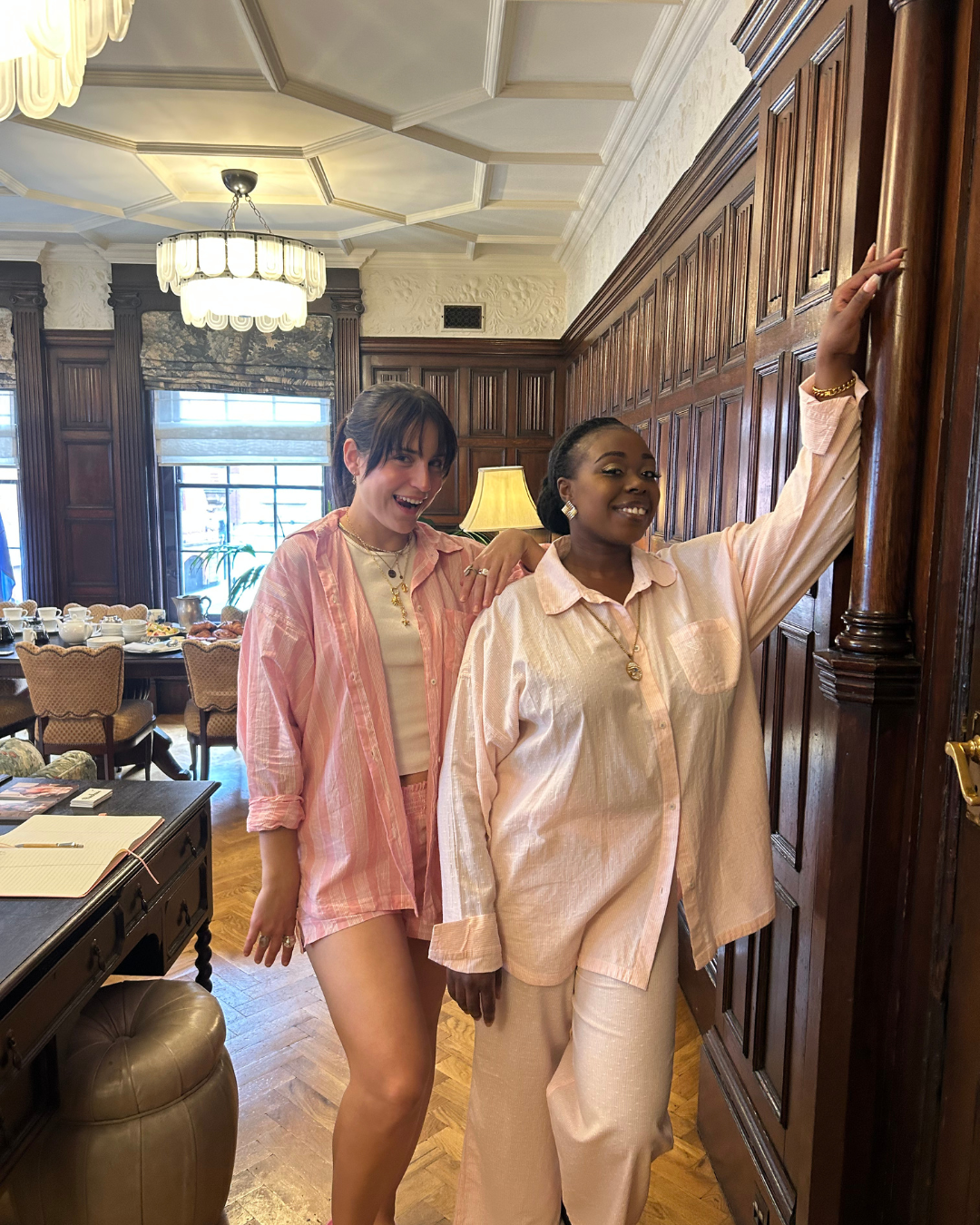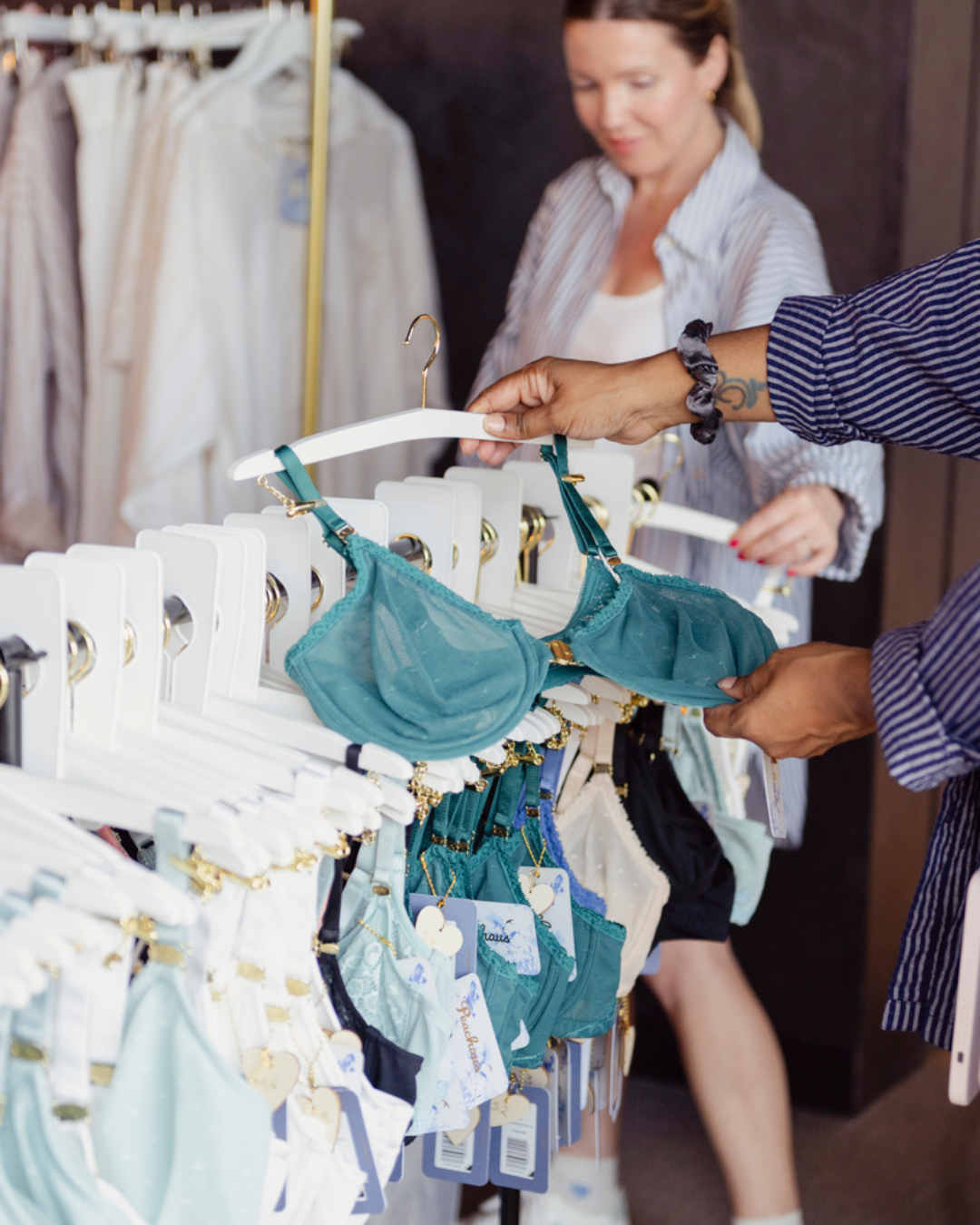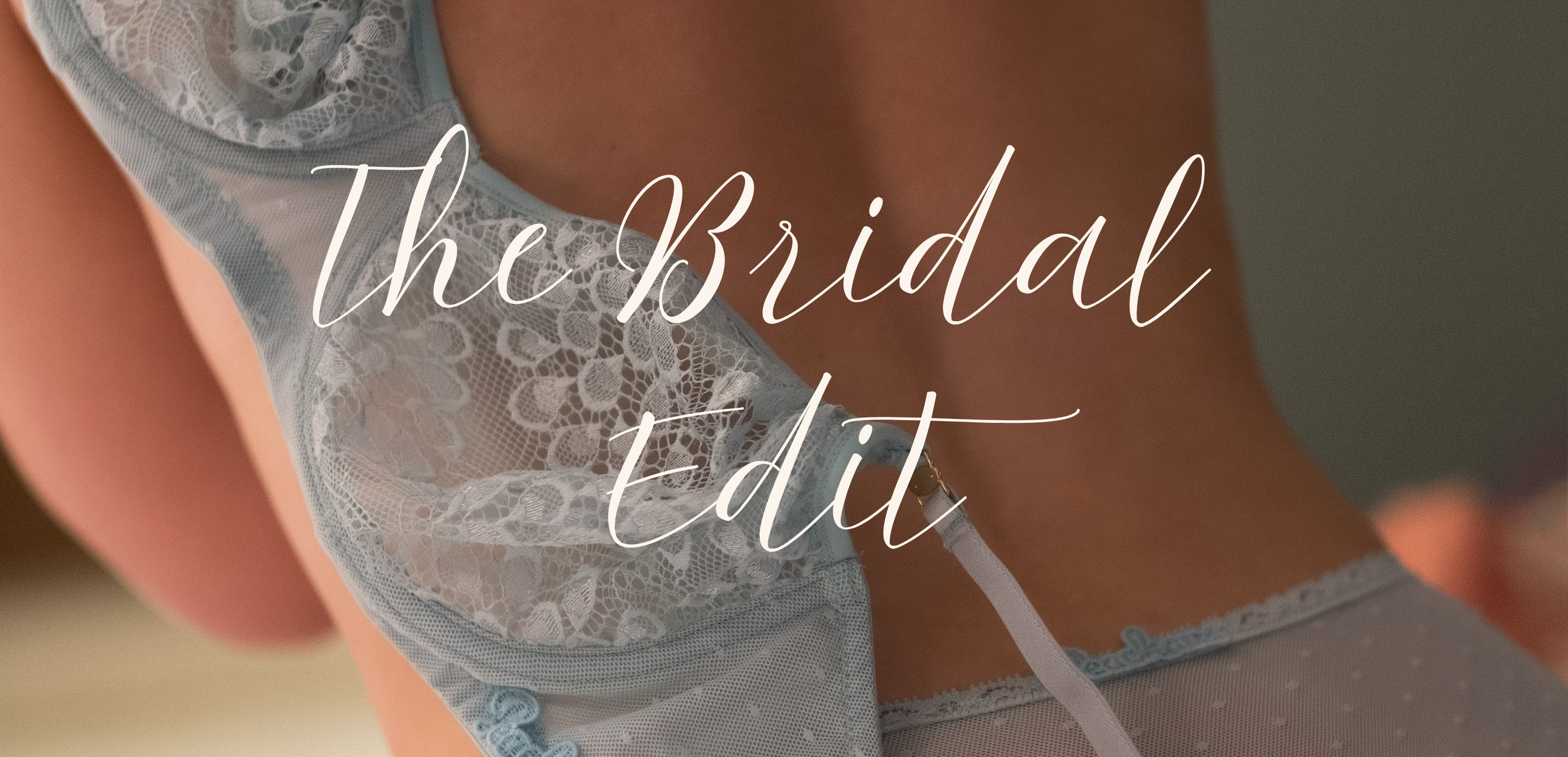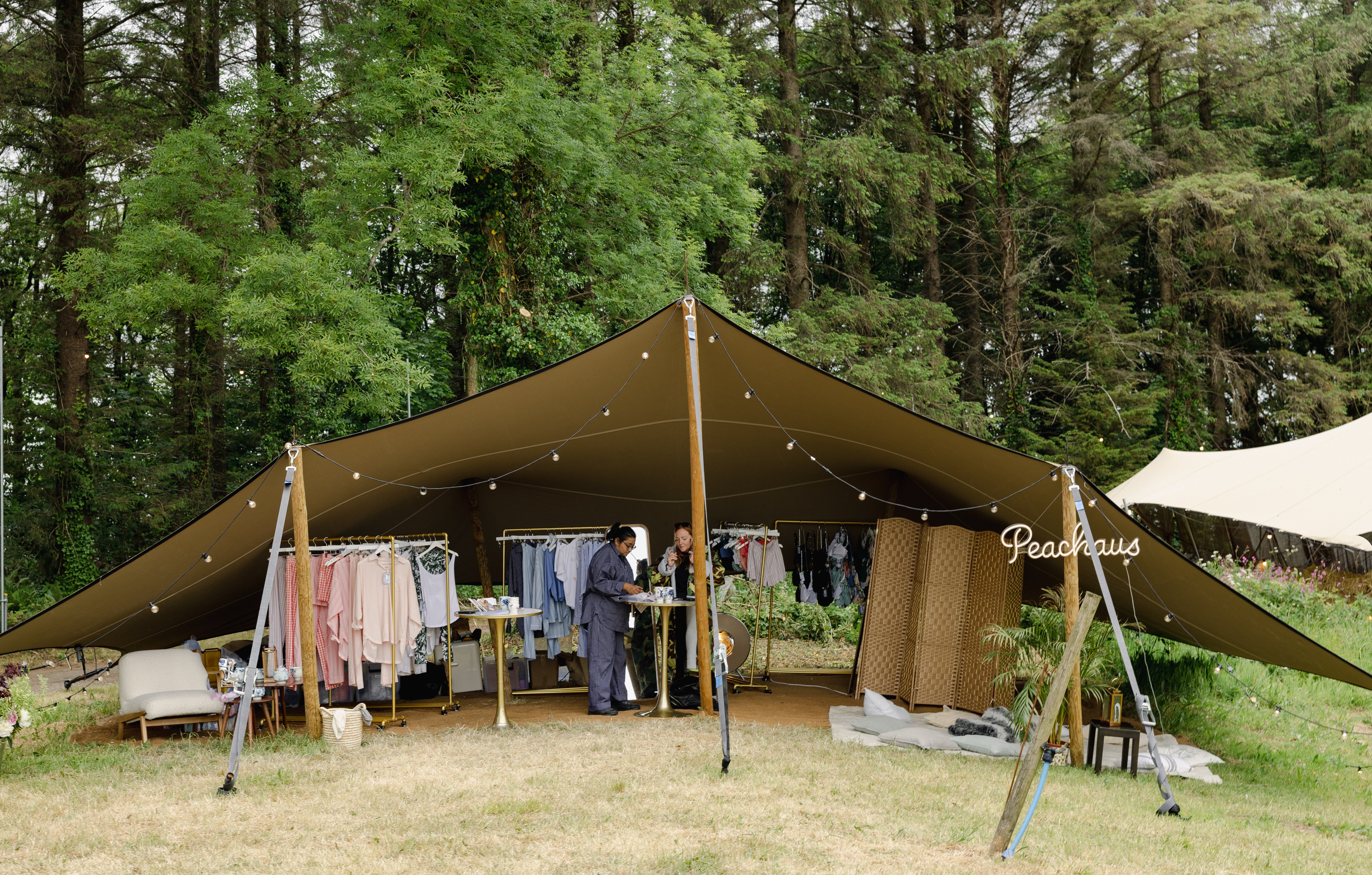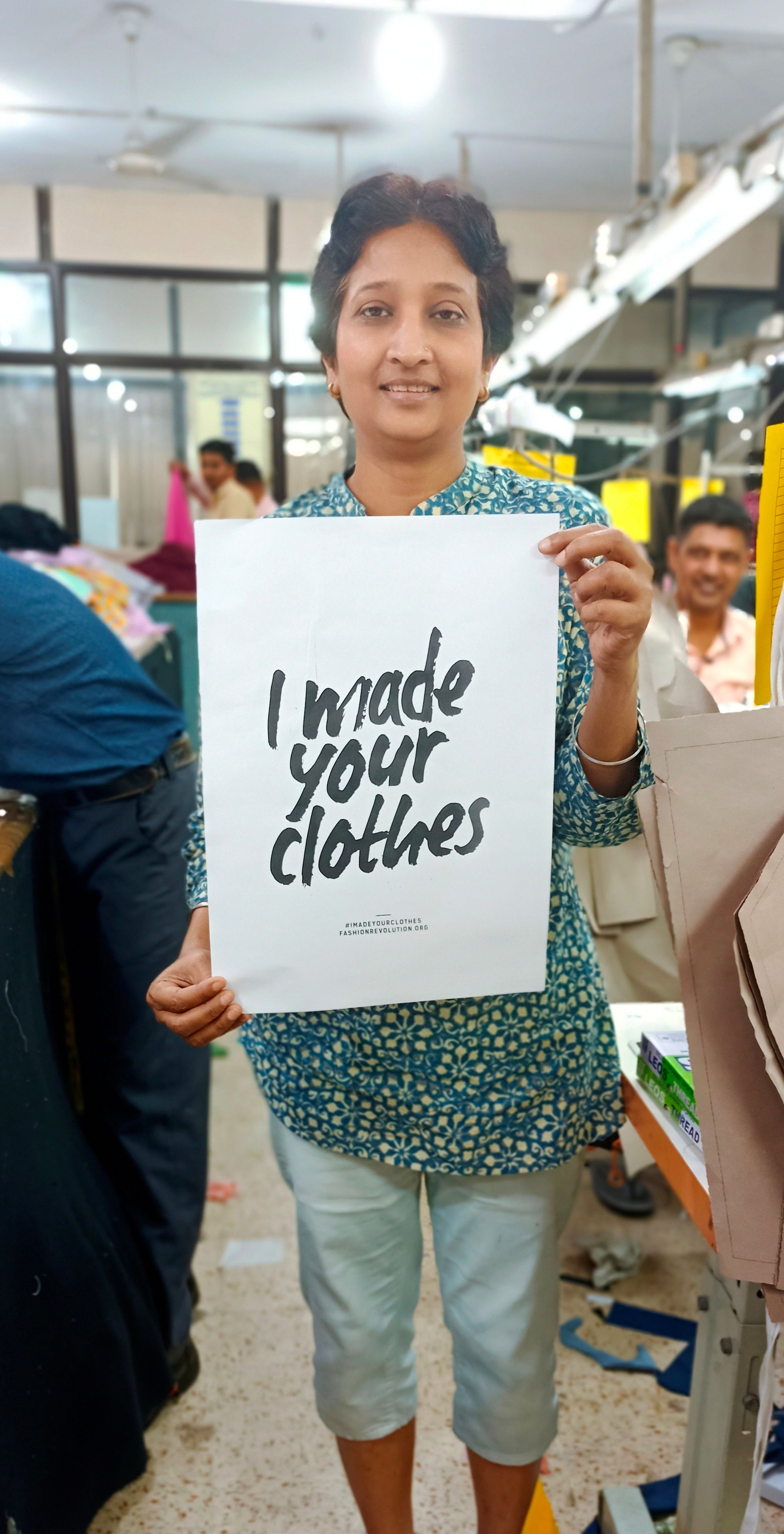
It’s been nine years since the Rana Plaza disaster, the catastrophic collapse of a building housing five garment factories on the outskirts of Dhaka in Bangladesh. The tragedy, in which 1,138 people were killed, prompted the creation of Fashion Revolution, a global not-for-profit movement through which co-founders Carry Somers and Orsola de Castro vowed to battle the fashion industry’s historical negligence and inequality to prevent any such disaster from ever happening again. Since then, Fashion Revolution has become the fashion world’s most potent vehicle for change, altering attitudes toward the safety of workers, topping Twitter’s global trend chart and helping to make fashion production fairer and more sustainable.
The Rana Plaza collapse sent shockwaves through the industry. On 24th April 2013, the morning of the disaster, workers had noticed cracks in the building and begged not to be made to work inside. Managers refused and, shortly afterwards, the walls began to crumble. With fast fashion giants Primark and Matalan among those brands who had previously sourced clothes from the building’s five garment factories, there were calls for institutional reform.
Carry Somers was a fashion designer who'd set up Fair Trade brand Pachacuti in the 1990s. “After the Rana Plaza disaster, everywhere I looked, there were newspaper articles calling for a more ethical fashion industry”, Somers said in an interview in 2014. “All of us within ethical fashion circles wondered how we could channel the energy and momentum.” She emailed likeminded designer Orsola de Castro suggesting ways in which they might turn this outpouring of grief into something optimistic—a long-term strategy for change.
It started with Fashion Revolution Day on 24th April 2014, marking the one-year anniversary of the Rana Plaza collapse. By then, the movement had gathered pace in 60 countries worldwide, with everyone from high street shops to high-end designers to cotton farmers signing up to make the fashion world a better place. The aim was to raise awareness of the industry’s problems, and the method was simple; people were encouraged tweet a selfie showing the label on their clothes and asking the brand they bought it from, “who made my clothes?” with the hashtag #insideout. The response was huge—the tag reached the top of Twitter’s global trend charts.
But Fashion Revolution was always meant to be more than a hashtag. Thanks to Somers and de Castro’s work, the urgent need for fashion industry reform was discussed in both of Britain’s Houses of Parliament. Numerous fashion media outlets covered the movement, including Marie Claire and British Vogue. And the EU and Fair Trade Advocacy Office collaborated with Fashion Revolution on long-term projects aimed at creating a more positive fashion system.
In 2015, Fashion Revolution Day became Fashion Revolution Week. That same year also saw the launch of the organisation’s Fashion Transparency Index, scoring participating brands on a range of social and environmental factors across their value chains. Following another global Twitter trend, a number of brands responded to their customers’ tweets with photographs of factory workers saying “#IMadeYourClothes”, the clearest sign yet that major players in the industry were on board.
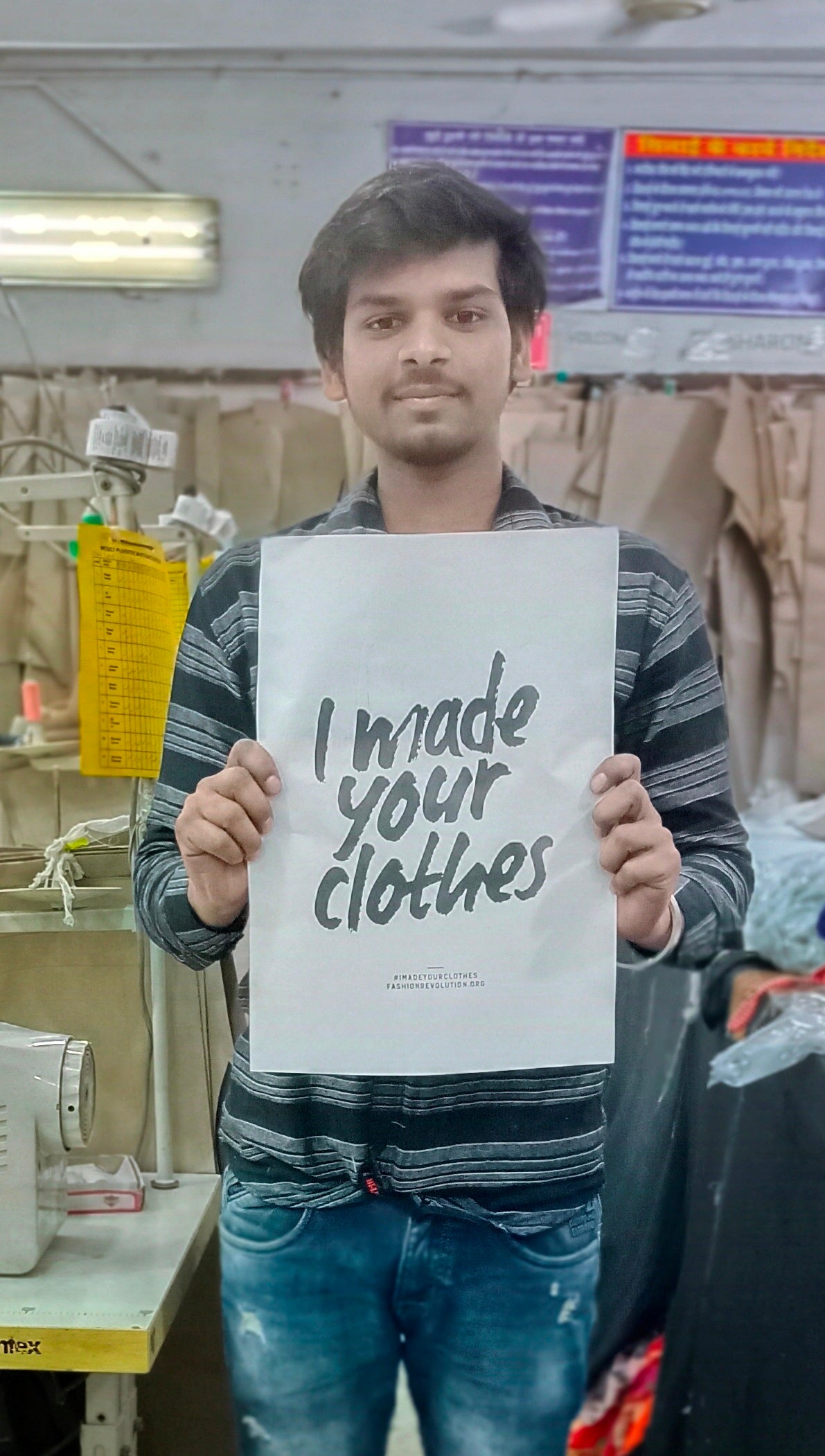
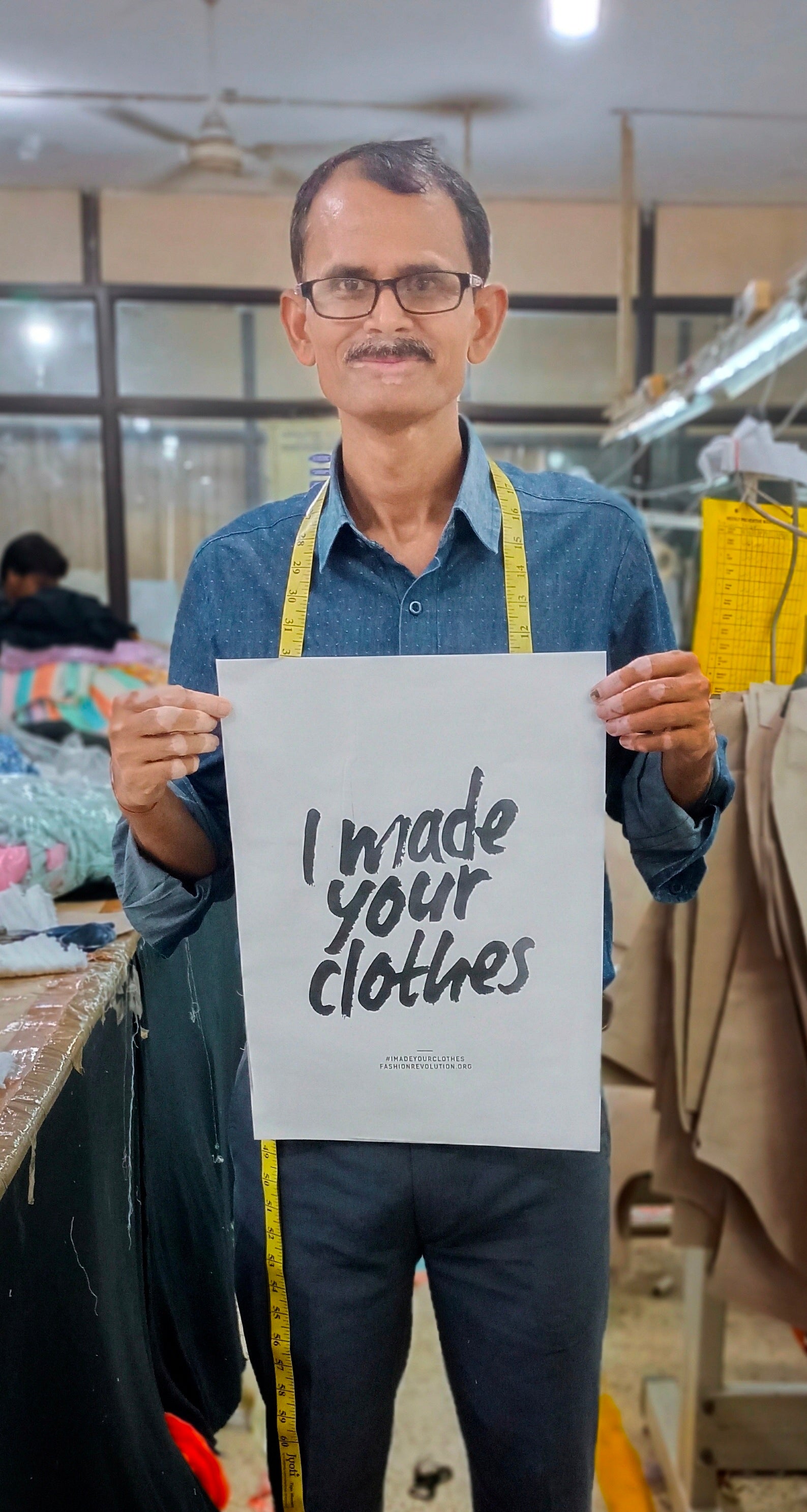
Now, the Index evaluates around 250 of the world’s biggest brands, including H&M, The North Face, Tommy Hilfiger and Gucci, all of which ranked highly on transparency, policy, traceability and sustainability across their supply chains. Growing participation levels and a gradual improvement in scores are clear positives to take away from the report. But the Index demonstrates that there is still a mountain to climb, highlighting a below-par score across the industry as a whole, with less than half of the brands surveyed willing to disclose their manufacturing facilities.
In 2022, Fashion Revolution’s work continues. “Money Fashion Power” screams the headline on the organisation’s website, signalling this year’s theme, with a blurb outlining aims to rebalance the distribution of wealth in fashion after a pandemic that has left millions of garment workers in poverty while brands have earned billions. “As we enter our 9th year, we will go back to our core, exposing the profound inequities and social and environmental abuses in fashion supply chains,” de Castro is quoted as saying. “From the uneven distribution of profits, to overproduced, easily discarded fashion, to the imbalances of power that negate inclusion.”
It’s this inequity, both social and environmental, that we are committed to tackling at Peachaus. And, in accordance with Fashion Revolution’s guidelines, we’re seeking full transparency across our value chain and are openly disclosing who is making our clothes. In fact, we’re singing the praises of our partner factories in Portugal and India. We’re incredibly proud to have them on board. Our partners pay their teams—our makers—a real living wage, provide bright, clean, state-of-the-art working environments, use and are developing sustainable fabrics and ensure the provenance of their wider supply base. The fashion industry has a shadowy past, but we’re determined to tell a more hopeful story moving forwards. So, we’ll be spotlighting the organisations and brands that are leading the way in building a positive fashion system than gives back more than it takes
You can get involved in the Fashion Revolution by sharing a photo of your favourite item of clothing on social media, tagging the brand you bought it from and asking them “#WhoMadeMyClothes?”. If they don’t offer a response, keep asking. You can also demand to know “#WhoMadeMyFabric?” and “#WhatsInMyClothes?”, seeking transparency right down to where a brand sources its materials from. And you can email your local policymaker asking which local clothing companies pay their workers a true living wage. Beyond this, you can help to create a brighter future for all simply by loving the clothes you already own. Share a story about your favourite dress or jumper, and repair your clothes rather than replacing them. It’s a message that you’ll keep hearing from us; we want you to cherish your clothes for years, as keepsakes. That’s why we make our pieces so special.
You can also donate to Fashion Revolution to help it keep doing its vital work. There’s still a long way to go, but if we work together, we can revolutionise fashion for the better. Check back in with us soon to discover more pioneering brands and individuals channelling their energies into positive work.
Have you signed up to our newsletter yet? Each month, we’ll be curating our favourite pieces of editorial and news from Peachaus Life to keep our subscribers up to date with all things good.
Sam Davies is a freelance writer, born and raised in London. His writing has been published by the BBC, the Guardian, the Financial Times, the i, Condé Nast, Vice, Dazed & Confused and many other outlets covering all areas of culture, including music, TV, fashion and photography.



